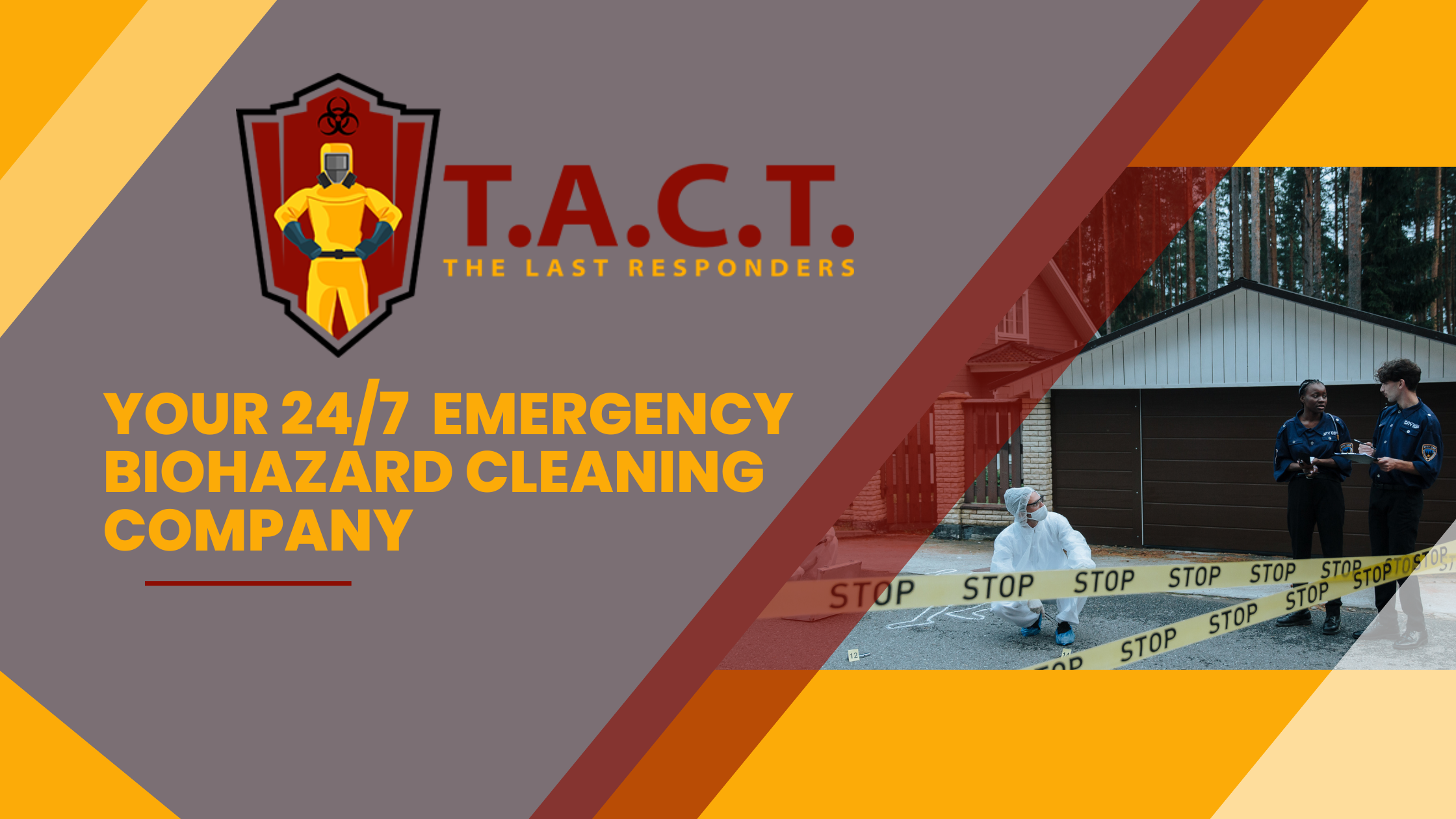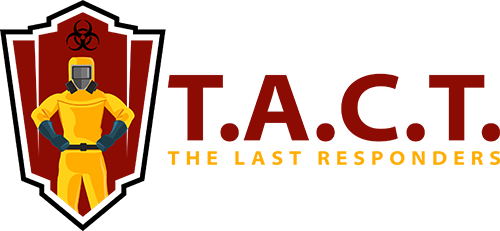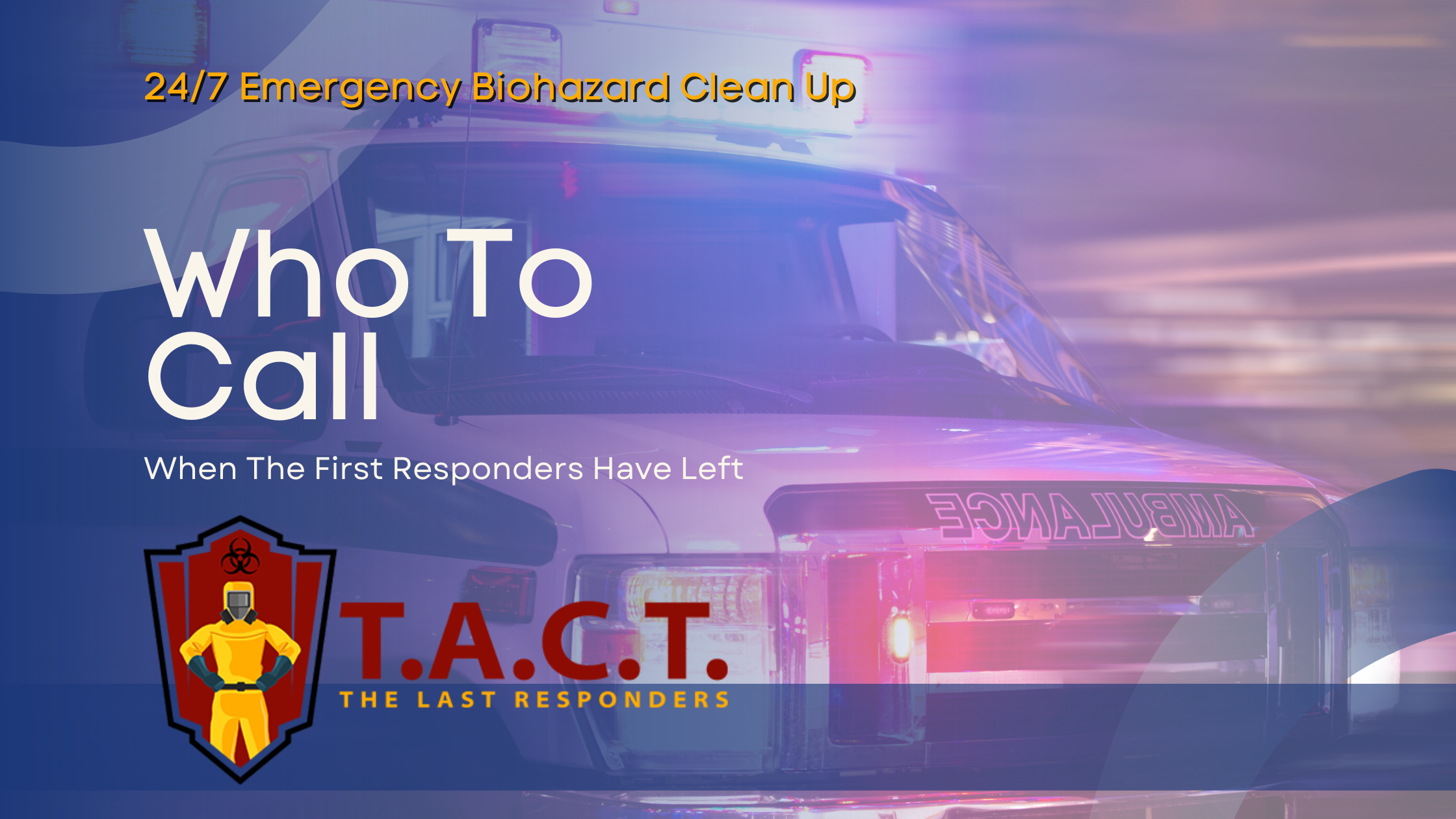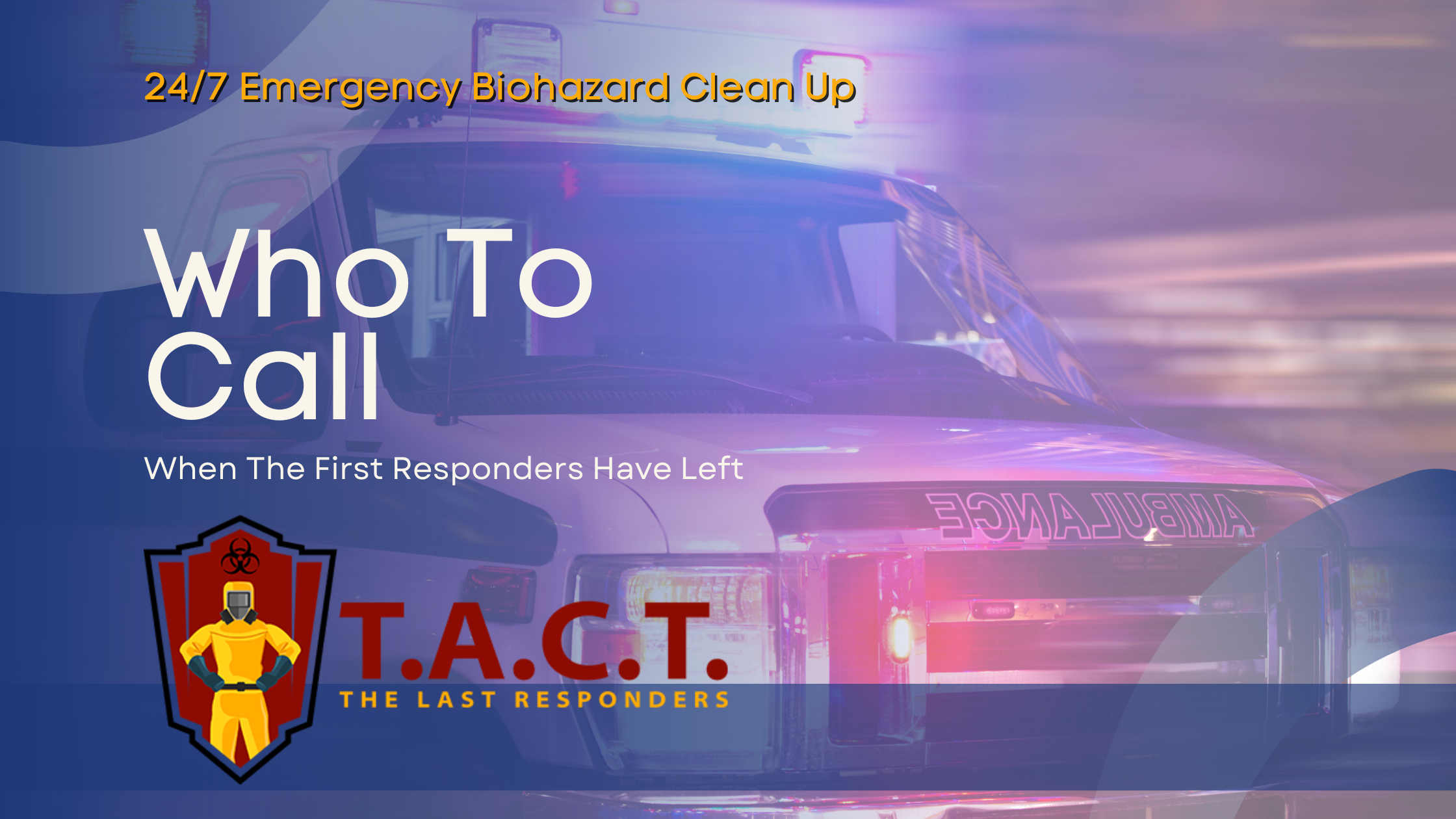Fire Cleanup Guide: Essential Steps to Restore Your Home

Essential Guide to Cleanup After Fire: Steps to Restore Your Space
Experiencing a house fire ranks among life’s most devastating events. Beyond the immediate danger, families face the overwhelming task of restoring their homes and rebuilding their lives. The aftermath brings a complex mix of emotions—relief at survival, grief over losses, and anxiety about the road ahead.
Fire damage extends far beyond what flames directly touch. Smoke penetrates every corner of your home, while water from firefighting efforts creates additional complications. Soot settles on surfaces throughout the property, and the acrid smell of smoke seems to embed itself into everything you once held dear.
Understanding the fire restoration process can provide clarity during this difficult time. This comprehensive guide walks you through each critical step, from initial damage assessment to final restoration. While the journey may seem daunting, taking systematic action helps restore not just your physical space, but also your sense of security and home. Addressing the various aspects of cleanup and recovery after a fire can significantly reduce stress and help you regain control during the recovery process.
The path to recovery requires patience, proper planning, and often professional expertise. The stress involved in the aftermath of a fire can be overwhelming, but working with experienced professionals can help alleviate much of that burden. Each situation presents unique challenges, but following established restoration protocols ensures the safest and most effective outcomes for your family and property.
Understanding Fire Damage and Its Impact
Fire restoration begins with recognizing the various types of damage your property has sustained. Direct flame damage represents just one aspect of the destruction. Fire can burn a wide range of materials, including woodpiles, decks, and landscaping, making it crucial to assess what has burned and what remains intact. Smoke damage often affects areas far from the fire’s origin, leaving behind residue that discolors walls, furniture, and personal belongings.
Cooking equipment causes 45% of house fires, making kitchens the most common starting point for residential blazes. Heating equipment, electrical issues, and clothing dryers follow as leading causes. Dust accumulation in appliances or vents can also be a fire hazard and should be addressed as part of fire prevention. Understanding these risk factors helps prevent future incidents while highlighting areas that may require special attention during restoration.
Water damage from firefighting efforts compounds the complexity of cleanup. Firefighters prioritize life safety and fire suppression, which means significant water may have been used throughout your home. This moisture creates immediate concerns about mold growth and structural integrity, particularly in building materials like drywall and flooring.
The combination of fire, smoke, and water creates a unique restoration challenge. Excessive heat may have compromised electrical systems, while toxic fumes from burning materials pose ongoing health risks. Your local fire department can provide valuable guidance about specific hazards present in your situation.
Conducting a Thorough Damage Assessment
Professional damage assessment forms the foundation of effective fire restoration. This evaluation determines the scope of work needed and helps prioritize safety concerns. Begin by documenting everything with photographs and detailed notes for insurance purposes.
Smoke odor assessment requires special attention, as these particles penetrate porous materials throughout your home. Grease fires present particular challenges, as they create sticky residues that adhere strongly to surfaces. The cleanup process for grease-related incidents often requires specialized cleaning solutions and techniques.
Food contamination represents a serious but often overlooked concern. Any food items exposed to smoke, heat, or firefighting chemicals should be discarded immediately. Be sure to assess and safely dispose of food stored in all types of containers and packaging, as fire, heat, and toxic fumes can compromise food stored in cans, boxes, or plastic. It is especially important to protect children from contaminated food and hazardous environments during cleanup and recovery. Discard any food that may have been contaminated or spoiled, not only for your family members but also for pets. This includes canned goods, as heat can compromise seal integrity even when packaging appears intact.
Fire debris removal requires careful planning and proper safety equipment. Debris may contain hazardous materials, broken glass, or unstable structural elements. Professional restoration companies have the expertise and equipment to handle these materials safely, but understanding the process helps you make informed decisions about your property.
Essential Safety Precautions During Cleanup
Safety must remain your top priority throughout the restoration process. Fire-damaged buildings may have compromised structural integrity, damaged electrical systems, and ongoing air quality issues. High temperatures and pressure from vaporized water can cause additional structural issues or even explosions, making professional assessment essential before entering or beginning cleanup. Never enter a fire-damaged property until authorities have declared it safe.
Wear appropriate protective equipment, including long-sleeved shirts, long pants, closed-toe shoes, and respiratory protection when working in affected areas. Toxic fumes from burned materials can cause serious health problems, particularly with prolonged exposure. Open windows and use ventilation systems to improve air circulation whenever possible.
Electrical hazards pose significant risks in fire-damaged homes. Water from firefighting efforts may have compromised electrical systems, creating potential for shock or electrocution. Have a qualified electrician inspect all electrical appliances and systems before attempting to use them.
Your insurance agent and local fire department serve as valuable resources during this time. Insurance companies often have preferred restoration contractors and can guide you through the claims process. Fire departments may provide ongoing safety monitoring and can advise when it’s safe to begin certain restoration activities.
Systematic Debris Removal and Initial Cleaning
Debris removal requires a methodical approach to ensure safety and prevent further damage. Start with hazardous materials and unstable structures, working systematically through each affected area. Use plastic wrap or tarps to cover undamaged areas and prevent contamination during the cleaning process.
Soot and ash removal demands special techniques and equipment. These particles can be ground deeper into surfaces if handled improperly. Dry cleaning methods work best for initial soot removal, followed by appropriate wet cleaning techniques for remaining residues.
Smoke damage assessment continues throughout the debris removal process. As you uncover different areas and materials, the full extent of smoke penetration becomes apparent. Some items may be salvageable with professional cleaning, while others may require replacement. Specialized techniques and equipment are used to ensure that items and surfaces are thoroughly cleaned and restored after fire, smoke, and soot damage.
Completely dry all surfaces and materials before attempting restoration work. Moisture trapped beneath soot or in building materials can lead to mold growth and ongoing structural problems. Professional water extraction and drying equipment may be necessary for thorough moisture removal.
Addressing Electrical Systems and Appliances
Electrical systems require immediate professional attention following fire damage. Fire and smoke can cause significant damage to wiring, outlets, and electrical panels. Even if electrical components appear undamaged, heat and smoke exposure may have compromised their safety and functionality.
Insurance company guidelines typically require electrical inspection before power restoration. This process protects both you and your insurance coverage by ensuring all electrical work meets safety standards. Professional electricians can identify hidden damage that might not be immediately apparent.
Dirty water and contaminated surfaces around electrical components pose additional health risks. These areas require special cleaning and disinfection procedures before electrical work can begin. Professional restoration teams have the training and equipment to safely address these combined hazards.
Remove soot and ash from all electrical components, outlets, and fixtures. Even small amounts of these conductive materials can create fire hazards or equipment malfunctions. This cleaning must be completed before electrical systems are restored to service.
Comprehensive Smoke Damage Restoration
Smoke damage restoration represents one of the most complex aspects of fire cleanup. Various materials in your home react differently to smoke exposure, requiring targeted cleaning approaches. High temperatures during the fire can set smoke particles deep into porous materials, making removal challenging.
The cleanup process for smoke damage involves multiple techniques and specialized equipment. Ozone treatment, thermal fogging, and hydroxyl generators may be necessary to eliminate persistent odors. These methods require professional expertise to use safely and effectively.
Cleaning ash and soot from different surfaces requires specific techniques and products. What works for hard surfaces may damage delicate materials like upholstery or electronics. Professional restoration companies have access to specialized cleaning agents and techniques for various materials and surfaces.
Smoke and soot can cause permanent damage if not addressed promptly. The longer these residues remain on surfaces, the more difficult they become to remove. Quick action helps preserve more of your belongings and reduces overall restoration costs.
Changing Filters and Ventilation for Air Quality
After a house fire, restoring healthy air quality is a critical part of the fire restoration process. The fire department’s efforts to extinguish the flames often leave behind not only water and fire retardants, but also lingering smoke odor, toxic fumes, and soot damage that can contaminate food and surfaces throughout your home. Taking immediate steps to address air quality helps protect your family and property from further damage.
Begin by changing filters in all electrical appliances, HVAC systems, and vacuum cleaners. These filters can quickly become clogged with soot, ash, and dirty water, reducing their effectiveness and allowing harmful particles to circulate through the air. Regularly replacing filters helps remove soot and smoke particles, lowers the risk of electrical hazards, and prevents excessive heat from building up in your systems.
Ventilation is equally important. Open windows and use fans to help clear out smoke and odors, allowing fresh air to circulate and dilute any remaining toxic fumes. This simple step can make a significant difference in reducing smoke odor and improving overall air quality.
Don’t forget to wash walls, floors, and other surfaces with a gentle solution of soap and water. This helps remove soot, ash, and any residues left behind by the fire or firefighting efforts. Pay special attention to areas where food is stored or prepared, as smoke and soot can contaminate food and pose health risks.
By prioritizing filter changes, proper ventilation, and thorough cleaning, you can help protect your home from further damage and create a safer, healthier environment for your family as you move forward with the fire restoration process.
Managing Temporary Living Arrangements
Temporary accommodations may be necessary during extensive restoration work. The combination of ongoing construction activities, air quality concerns, and displaced utilities makes many homes temporarily uninhabitable. Your insurance policy may cover temporary living expenses during this period.
Safely cleaning and restoration work cannot be rushed. Open windows and ventilation systems help manage air quality, but professional-grade air filtration may be necessary for extensive damage. Long-term exposure to smoke and soot can cause health problems, including respiratory issues and cardiovascular concerns. Individuals with pre-existing conditions, such as heart disease, should take extra precautions—such as staying indoors and using protective equipment—to reduce health risks during cleanup.
Change filters in HVAC systems frequently during restoration work. Standard filters become quickly overwhelmed with soot and debris, reducing their effectiveness and potentially spreading contamination throughout your home. Professional-grade filters may be necessary during active restoration work.
Protect salvageable contents by relocating them to clean, dry storage areas. Plastic wrap or other protective materials can prevent further contamination during restoration activities. Professional contents cleaning services can restore many items that initially appear beyond repair.
Navigating Insurance Claims and Support
Dealing with insurance claims after a house fire can feel overwhelming, but taking a proactive approach will help you navigate the fire restoration process more smoothly. As soon as it’s safe, contact your insurance agent to report the fire damage and begin your claim. Your insurance company will guide you through the next steps, including sending an adjuster to assess the damage and provide recommendations for restoration.
Document everything thoroughly—take photos and videos of all fire debris, soot, ash, and damaged property. Make a detailed list of contents that were affected, including food, clothing, and personal belongings. This documentation is essential for supporting your claim and ensuring you receive the funds needed to repair or replace your property.
Keep all receipts for temporary use of accommodations, food, and clothing, as many insurance policies will reimburse these expenses. Your insurance agent can also offer safety tips for cleaning and restoring your home, such as how to safely clean soot and ash from surfaces, and how to avoid further damage from water or electrical hazards.
When cleaning up fire debris, always wear long sleeved shirts, long pants, and protective gear to minimize exposure to soot, ash, and other contaminants. If the fire damage is extensive, consider hiring a professional fire restoration service to safely clean and restore your property.
Throughout the process, prioritize the safety of your family and property. Don’t hesitate to reach out for support from your insurance company, local resources, or professional restoration teams. By staying organized and following expert guidance, you can help ensure a successful recovery and begin rebuilding your home with confidence.
Long-Term Prevention and Safety Planning
Preventing future fires requires addressing the root causes that led to the original incident. Regular maintenance and inspection of electrical appliances, heating systems, and cooking equipment significantly reduce fire risks. Simple steps like cleaning dryer lint filters and avoiding overloaded electrical outlets make substantial differences. It’s also important to prepare for wildfire season by implementing safety measures to protect your home from wildfire threats.
Fire safety planning extends beyond just installing smoke alarms and having fire extinguishers available. Develop and practice evacuation plans with all family members. Ensure everyone knows multiple exit routes and establish a meeting point outside your home.
Property owners should maintain relationships with trusted professionals for ongoing maintenance and emergency response. Having established contacts with electricians, HVAC specialists, and restoration companies before you need them can speed response times and reduce damage severity.
Fire department guidelines and community fire safety resources provide valuable ongoing education. Many departments offer home fire safety inspections and can identify potential hazards before they become serious threats. Take advantage of these community resources to protect your investment and your family’s safety. Wildfires can have a devastating impact on communities and the environment, so it’s crucial to have preparedness and response strategies in place to address wildfires effectively.
Moving Forward: Restoration as Renewal
The fire restoration process challenges families emotionally, physically, and financially. However, this difficult experience also presents an opportunity to rebuild stronger and safer than before. Modern building materials, updated electrical systems, and improved fire safety measures can make your restored home more secure than it was originally.
Working with experienced restoration professionals provides peace of mind during this challenging time. These experts understand the technical aspects of fire damage while also recognizing the emotional toll on families. Their guidance helps navigate insurance processes, prioritize restoration activities, and ensure work meets all safety standards.
Document everything throughout the restoration process. This information proves valuable for insurance claims, future maintenance planning, and potential resale considerations. Detailed records also help identify any ongoing issues that may arise after restoration completion.
Remember that recovery takes time, and setbacks are normal parts of the process. Focus on safety first, trust in professional expertise, and maintain perspective on the long-term goal of creating a safe, comfortable home for your family's future.
Meta data
Meta title
Fire Cleanup Guide: Essential Steps to Restore Your Home
Meta description
Learn essential fire restoration steps from damage assessment to safety precautions. Expert guidance for cleaning smoke damage and debris removal.



